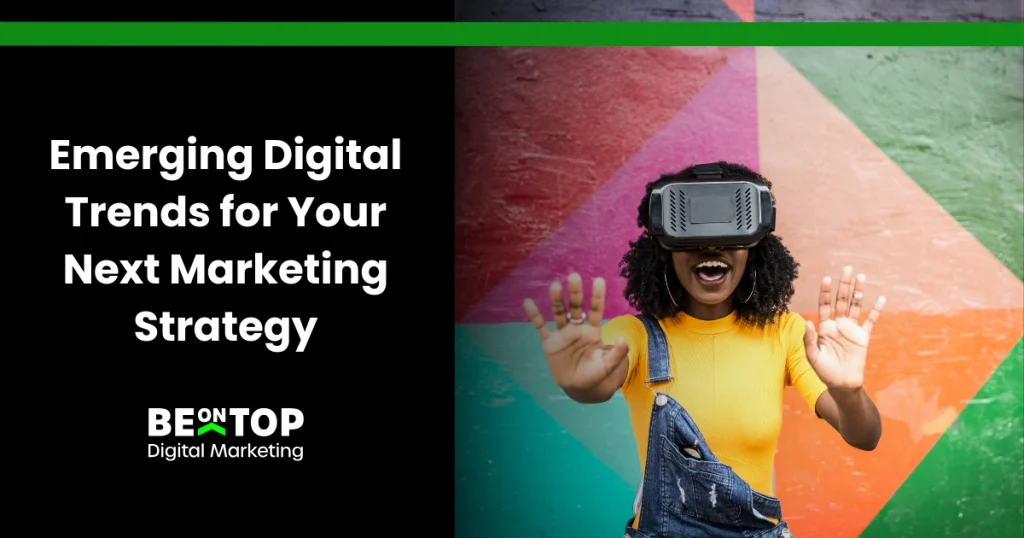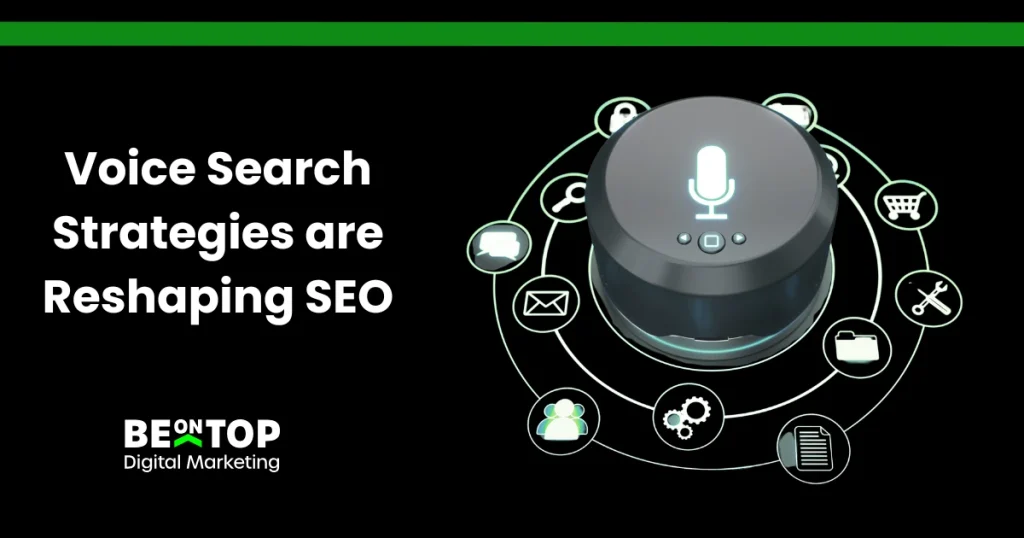
2025 is already proving how important it is for marketers to adapt to an increasingly tech-driven, customer-centric environment. This blog will explore existing and emerging digital marketing trends that are set to impact the remainder of 2025 and beyond.
How is Gen Alpha shaping digital marketing?
It’s not the first time a generation has caused radical cultural shifts. In the 1960s and 1970s, music served as a powerful form of protest and a means to express concern about the Vietnam War and other civil rights movements. Economic influences, such as the post-World War II boom, led to a rise in consumerism, aligned with a collective public wave of newfound freedom and optimism.
Those who grew up in the 1980s witnessed significant technological advancements, particularly in computing, making home use more accessible. The 1990s and 2000s witnessed significant growth in mobile phone and portable device usage, alongside the launch and expansion of the Internet.
2010 marked the birth of Gen Alpha, ushering in a new digital era. The rise of gaming, digital accessories like smartwatches, virtual reality, influencers, affiliates, content marketing trends, and now generative AI has shifted the economic landscape of commercialism yet again, influencing culture, the economy, communication styles, and the platforms on which people choose to connect and interact.
What is the Role of Generative AI in Content Creation and Campaign Strategy?
Generative AI can streamline and enhance the customer experience with speed and data-driven insights. AI efficiently analyzes massive amounts of data, enabling marketers to tailor specific ad campaigns and placements to targeted audiences, thereby enhancing customer engagement and brand loyalty. Chatbots and virtual assistants help resolve specific customer queries and improve customer experiences. Because AI can also predict consumer behavior and current market conditions, businesses can anticipate customer needs and prepare proactive marketing strategies.
From a marketing perspective, there have been numerous examples of audiences embracing AI trends, such as the Viking Avatar AI Generator, which takes users’ photos and transforms them into modern-day Vikings, capturing the public’s imagination and a frenzy of shares, likes, and commentary on social media platforms.
From a business perspective, AI’s ability to create unique domain names, ads, social media posts, website copy, and visuals provides a time-saving and streamlined approach to the business or product launches and the content creation process, saving business owners time and money, and enabling them to focus on progressing revenues in other ways beyond marketing.
Ethical considerations surrounding usage and content authenticity remain a concern, particularly regarding algorithmic bias and discrimination stemming from the vast amounts of information and data that AI processes. Transparency, authority, data privacy, and protection against cyber attacks are also on the ethical radar and will require further monitoring and regulatory terms of use. Read more about the creative advantages of AI in digital marketing in Help.com’s blog Advantages of Using an AI Name Generator for New Brands.
How Do You Achieve Immersive Campaigns With Virtual Reality?
The beauty of Virtual Reality (VR) in digital marketing lies in its ability to transport customers to unique and captivating environments, such as virtual tours in the travel industry or sneak peeks into product launches, which showcase benefits to customers and highlight features with an insider’s perspective. VR is a good resource for both educational and entertaining content. It is ideal for event marketing, as attendees can interact with one another without the costs associated with physical spaces.
We recommend that virtual reality experiences in marketing should always align with brand messaging. They are likely to continue growing in popularity and, therefore, form part of a solid yet diverse marketing strategy.
How is Augmented Reality Changing Customer Engagement?
Augmented Reality (AR) uses real-world images or settings where participants control their presence within that real-world realm. Augmented reality experiences are often linked to educational resources, products, and services that enable customers to experience a visual concept that merges real life with AI. One example is downloadable content that users can modify through another app, such as bringing a colouring page to life with animation. Another example is adding a selfie to an app and selecting makeup or hairstyle options to see what styles may suit the user.
AR can enhance customer engagement through immersive experiences with increased personalization and intent-driven activity, bridging the gap between online and offline shopping experiences.
Why is Web3 Impacting Brand Transparency?
Web3 is already changing the landscape of traditional brand loyalty programmes from card tapping to data-driven platforms and systematic customer touchpoints.
It is a decentralized solution that utilizes blockchain technology, a transaction recording system based on Non-Fungible Tokens (NFTs), similar to those used in Cryptocurrency. NFTs enable digital ownership for trading assets, including artwork, collectibles, and gaming items. The software used in Web3 is secure and transparent because data cannot be altered once entered, reducing the risk of cybercrime and minimizing the potential for human error through data processing.
Setting up a Web3 portal still requires significant technological investment, but the opportunity to create amplified customer engagement and loyalty is largely untapped and ripe with opportunities.

How are Voice Search Strategies Changing Search Engine Functionality?
The rise of smart speakers and voice assistants is reshaping the functionality of search engine optimization. This shift is due to a change in the natural language voice, from requests to short text keywords, creating a need for content to include long-tail keywords with detailed explanations. Additionally, as more questions are asked of voice assistants during user searches, headlines and subheaders in content should be reframed as questions to enhance their visibility on search engines.
Video Content Remains the Key to Digital Engagement
With engagement on mobile devices at an all-time high, the dominance of video content continues to grow, as it stimulates the brain’s reward system. Catchy videos provide novelty, surprise, quick gratification, and entertainment in a very short time. A rapid reward loop, including a funny punchline, satisfying visuals, and appealing audio, provides that dopamine hit every time.
- Micro-narratives work perfectly for shorter attention spans, but you need to be quick and hook the viewer in within seconds.
- Edutainment consists of quick, valuable tips packaged in an engaging format.
- Utilize social media trends, including songs, captions, and filters, to boost visibility.
- Voiceovers and subtitles increase user accessibility.
- Livestreaming feeds provide real-time authenticity, service transparency, and audience connection.
These days, consumers don’t want to be just viewers; they want to participate. Adding interactive elements, such as polls or quizzes, to social media videos is a great way to connect with customers. Short-form videos require speed and repetition, live feeds focus on authentic engagement, and interactive media empowers users through personalization.
Employee-generated content is a great social media strategy for small businesses to gain organic growth and build an authentic brand!
Need Support With Your Next Marketing Strategy? Let’s chat.
Frequently Asked Questions
What are AI agents?
AI agents are software bots powered by Artificial Intelligence designed to simulate human decision-making and problem-solving. They can answer customer queries and make data-driven decisions by analyzing repetitive patterns in rule-based systems or optimizing algorithms, thereby reducing the need for human intervention.
What is voice search?
Voice search is a technology that allows users to perform internet searches, control devices, or access information by speaking aloud rather than typing. It’s powered by speech recognition and natural language processing (NLP), enabling devices to understand spoken language and perform other tasks. Devices recognise speech and convert the spoken words into text, interpreting natural language processing, including intent and context of queries.
Voice search is growing rapidly due to its convenience, speed, and hands-free functionality. It’s reshaping how people interact with technology and search for information, leading to significant changes in SEO, content creation, and digital marketing strategies.
How can employee-generated content benefit a brand’s marketing strategy?
People trust people more than brands. Employee-shared content feels more genuine and relatable than polished corporate messaging. It humanizes the brand and builds audience credibility, making it appear more transparent and trustworthy.
In short, employee-generated content strengthens marketing by making a brand more authentic, expanding its reach, and engaging internal and external audiences. When encouraged and curated thoughtfully, EGC turns your workforce into one of your most effective and credible marketing assets.


